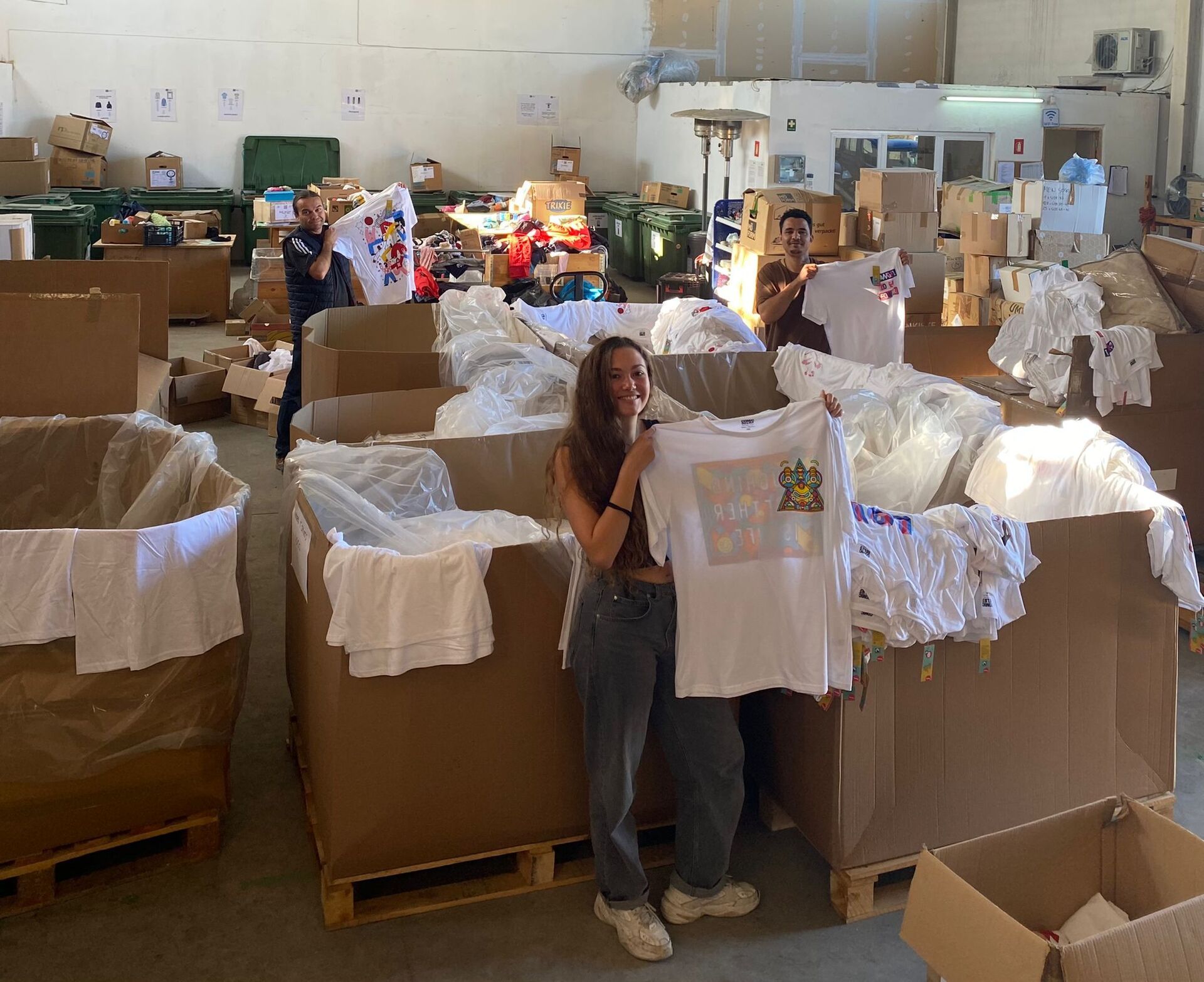- Distribute Aid
- Posts
- In defense of the aid middlemen
In defense of the aid middlemen
They defuse tension between grassroots groups and donors

“Don’t look a gift horse in the mouth.”
Everyone’s heard the phrase, and most acknowledge its wisdom. But we can also easily understand its limitations. If you were shipwrecked at sea and someone tossed you a pair of boots, you’d probably wonder why they didn’t share something more useful.
The thought counts, for sure. But when lives are at stake, the actual utility of the aid that’s given counts more.
Grassroots aid groups often find themselves in a similar conundrum with large donors. These donors deliver aid at scale—but not always in the form that grassroots groups actually need (or can use at all). As we’ve written before, you’d be amazed at how often winter jackets are sent to tropical islands.
But it’s hard for grassroots groups to say, “Thanks for the pallets of stuff you shipped halfway around the world! Next time, could you include the items we actually requested?” Jeopardizing the relationship with a major donor is a risky proposition for small organizations with tiny budgets and limited connections to the outside world.
To illustrate: before Taylor and I founded Distribute Aid, we met with workers from multiple grassroots aid groups to learn how we could help most effectively. One of the most memorable was Toula, a woman who ran refugee support services on Greek islands. She told us that her organization often had to throw away half the aid they received. When I asked why she didn’t talk to her donors about this problem, her exasperated reply was unforgettable:
“Because we need the other half!”
We raise hard topics so our grassroots partners don’t have to
Here’s where having a third entity involved—like Distribute Aid—can be invaluable. As a “neutral party,” we’re able to relay important, sensitive messages from grassroots groups to donors without ruffling feathers.
This is largely thanks to the credibility we’ve built over the years as a practical, effective logistics partner. In the past year alone, we’ve delivered over 2.225 million items worth over $3.6 million. We spent just over $133,000 to make that happen. Large donors can look at our track record and see that we deliver an excellent return on their aid investment.
So when we call up a donor and say, “Your donation would have a bigger impact if it included more of Items ABC, and fewer of Items XYZ,” they tend to listen to us. These kinds of conversations can be fraught for grassroots groups to initiate. But when Distribute Aid does it, we’re perceived as an impartial arbiter—and since our suggestions are always backed up by hard math, they’re harder for bottom line-minded donors to brush off.
Obviously, grassroots groups that directly distribute the aid and provide the services are the brightest stars of the humanitarian aid show. And much of their work would be impossible without the donors who provide money and supplies. But in this ecosystem, middlemen also play an important role.
P.S. If you agree with our argument, maybe it would feel good to send Distribute Aid a donation?
Quick hits
Here are a few more things you might find interesting:
Interspecies mutual aid: orcas are bringing humans gifts of food, for reasons nobody understands but everyone can enjoy.
ProPublica’s investigation into the US’s abysmal handling of recent natural disasters shows there’s only one way to ensure a speedy response from the federal government: ask a wealthy donor to pull strings with Trump’s secretary of homeland security.
Fellow logistics-heads, you (and you alone) might enjoy this Wall Street Journal feature on the extinction event facing California’s trucking industry.
The Guardian’s report on the closure of a Greek shelter—and its impact on thirty women and children who’d fled war and sexual violence—is a bone chilling illustration of the human impact of aid cuts.